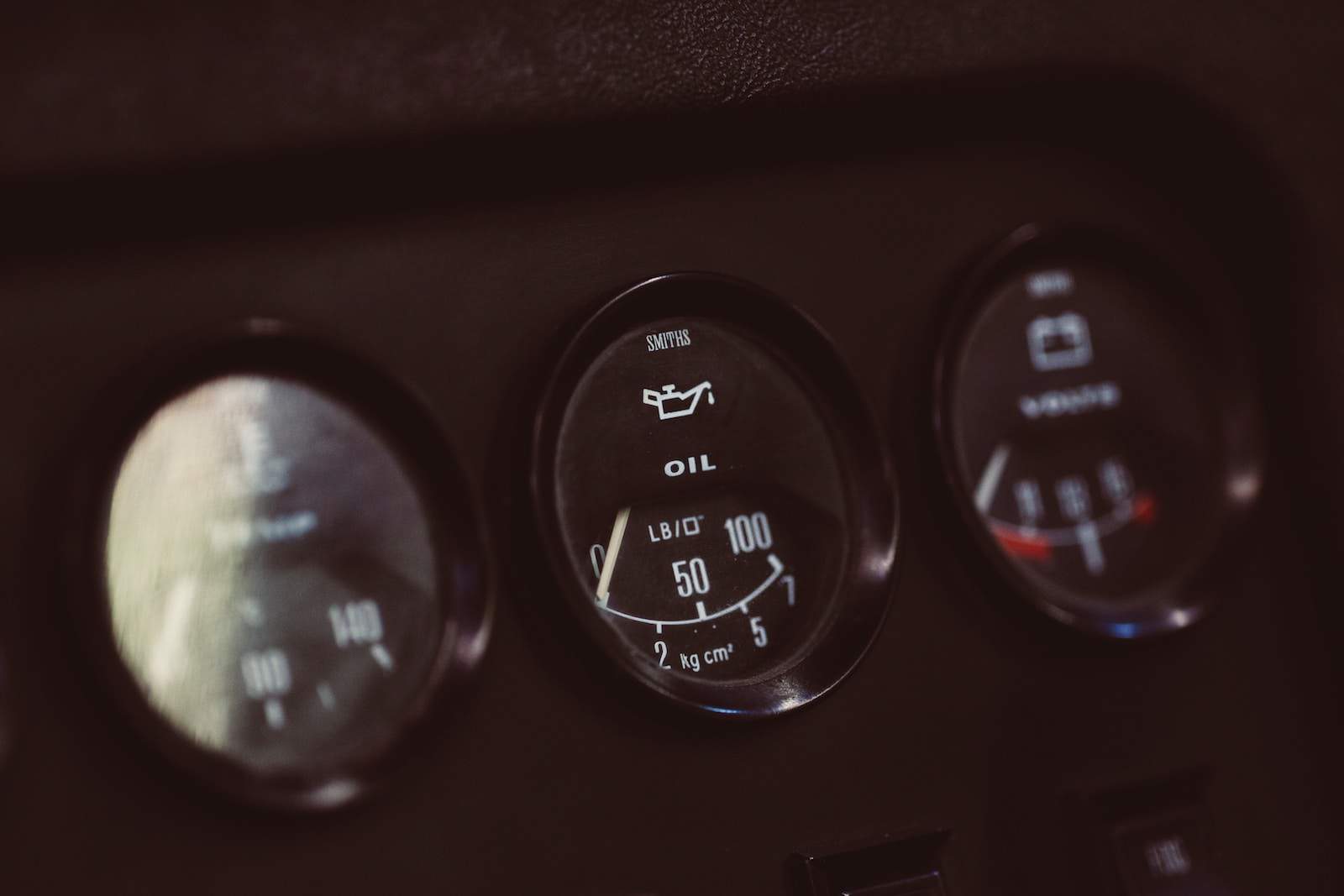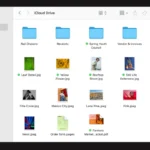When your car’s oil life reaches 0%, it may seem worrisome. However, driving with 0% oil life can pose a risk of causing significant engine damage. While it’s possible to drive a short distance after the warning, scheduling an oil change should be a top priority to maintain your vehicle’s health and performance. Regular maintenance and monitoring of oil levels and condition are essential for prolonging the longevity of your vehicle.
Don’t Panic: Understanding Your Car’s Oil Life Indicator
What Does 0% Oil Life Mean?
It’s important to understand that “oil life” monitors don’t actually measure the level or condition of your oil. Instead, they’re sophisticated algorithms that calculate when your oil needs changing based on factors like:
- Driving habits: Short trips, frequent stops and starts, and towing are harder on your oil.
- Mileage: Your car’s computer tracks how many miles you’ve driven.
- Engine conditions: Factors like operating temperature are considered.
How Far Can I Drive Past 0%?
While it’s not good to regularly push your luck, you likely have a little buffer past 0% oil life. However, the exact mileage varies depending on your car and driving habits. Here’s a general guideline:
| Situation | Recommended Action |
|---|---|
| 0% Oil Life | Schedule an oil change as soon as possible. |
| A few hundred miles past 0% | You’re likely fine, but don’t delay the oil change much longer. |
| 1,000+ miles past 0% | You’re risking potential engine wear. Get that oil changed immediately! |
Protecting Your Engine
Here’s how to ensure your engine stays healthy:
- Check your owner’s manual: It will provide the recommended oil change interval and type of oil for your car.
- Check oil level manually: Even if your oil life is fine, it’s good practice to check the actual oil level with the dipstick regularly.
- Use high-quality oil: Don’t skimp on oil quality, it’s essential for long engine life.
Remember, an oil change is much cheaper than engine repairs!
Understanding 0% Oil Life in Vehicles
When your vehicle displays a 0% oil life reading, it indicates that your vehicle is due for an oil change. The effectiveness of the oil in lubricating and protecting the engine has critically decreased. While the vehicle can continue running for a short period after this warning, it’s crucial to prioritize an oil change to avoid potential damage.
Factors Affecting Engine Oil Life
Engine Oil Life Percentage
Your car’s engine needs oil for smooth operation. Over time, oil deteriorates due to heat and friction. Automakers set a time limit for oil changes, specifying oil type and viscosity. Your car’s manual offers detailed guidelines on oil change intervals.
Vehicle Make and Model
Different vehicles interpret 0% oil life differently. For example, Honda and Hyundai calculate the miles since the last service, while BMW and Mercedes use more sophisticated systems considering engine temperature, driving conditions, etc.
Driving Habits and Environment
How and where you drive impacts how quickly oil deteriorates. Stop-and-go traffic, heavy loads, and extreme temperatures can accelerate oil breakdown.
The Implications of Driving with 0% Oil Life
Engine Damage
Driving on degraded oil can increase engine friction, leading to wear, overheating, and potentially severe engine damage.
Vehicle Performance
As oil quality degrades, its ability to clean and remove impurities is diminished, affecting engine performance and efficiency.
Risks of Delaying an Oil Change
Ignoring the 0% oil life warning and delaying the oil change can lead to excessive engine damage. The degraded oil can mix with dirt and particles, reducing its lubrication efficiency and damaging engine components.
Practical Guidelines
Immediate Actions
If you find yourself on the road with 0% oil life, plan to visit a service station or schedule an appointment as soon as possible. Most vehicles can safely drive an additional 500-1000 miles after the 0% oil life warning without lasting damage.
Checking the Oil Level
It’s advisable to periodically check your vehicle’s oil level and condition. Park on level ground, let the engine cool, and use the dipstick to measure the oil level. The oil should be between the maximum and minimum marks on the dipstick.
Maintenance and Prevention
Regular oil changes, according to your vehicle’s manual, are essential. They ensure optimal performance and prolong the vehicle’s lifespan. Remember, the oil life monitor does not automatically reset after an oil change – this must be done manually.
FAQs
Is it okay to drive with 0% oil life?
No, it is not okay to drive with 0% oil life. This indicates that your oil has reached the end of its recommended service life and needs to be changed as soon as possible. While the car might still run, the oil’s lubricating and protective properties have significantly degraded, increasing the risk of engine damage.
What happens if you drive with no oil?
Driving with zero oil is extremely dangerous and can lead to catastrophic engine failure within minutes. Without oil to lubricate and cool the engine components, they will experience excessive friction and heat, causing rapid wear and tear. In the worst-case scenario, the engine could seize up completely, requiring costly repairs or even replacement.
How many miles can you drive past 0% oil life?
The answer to this depends on various factors, including your car’s make and model, driving conditions, and the type of oil used. However, it’s generally not recommended to drive more than a few hundred miles, if at all, once your oil life reaches 0%. It’s best to schedule an oil change as soon as possible to avoid any potential engine problems.







